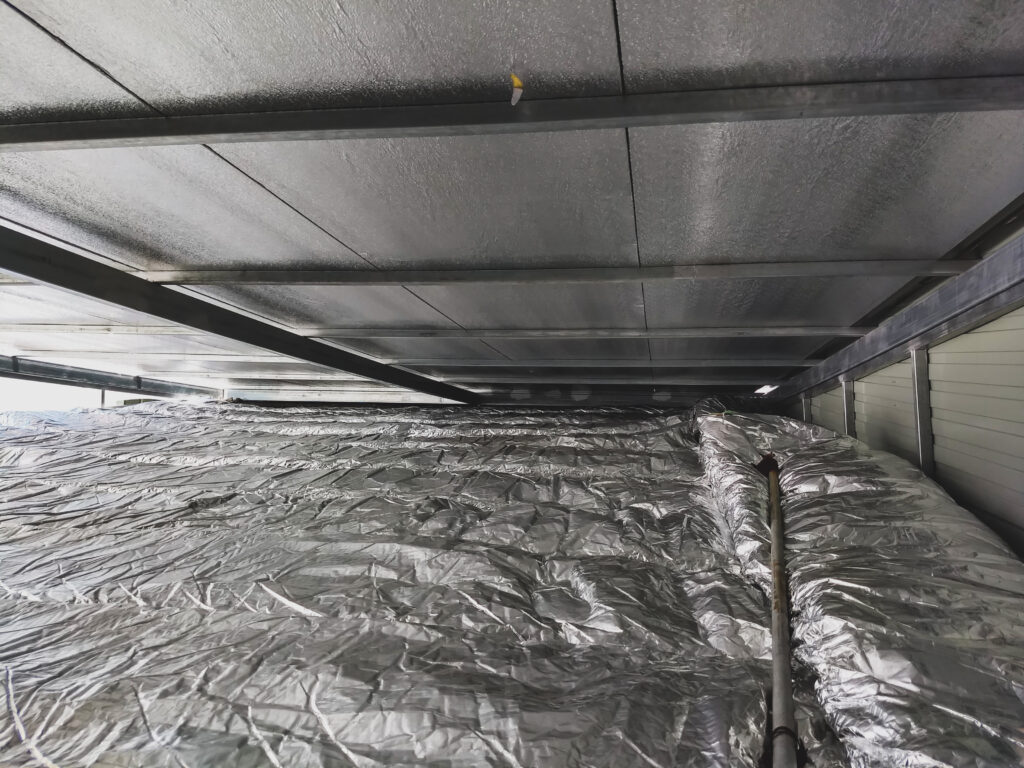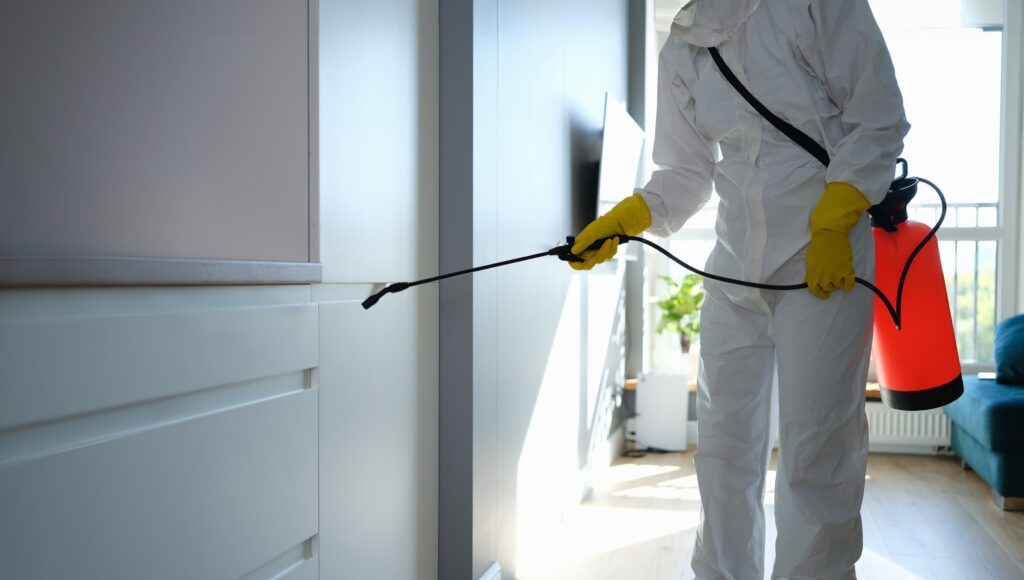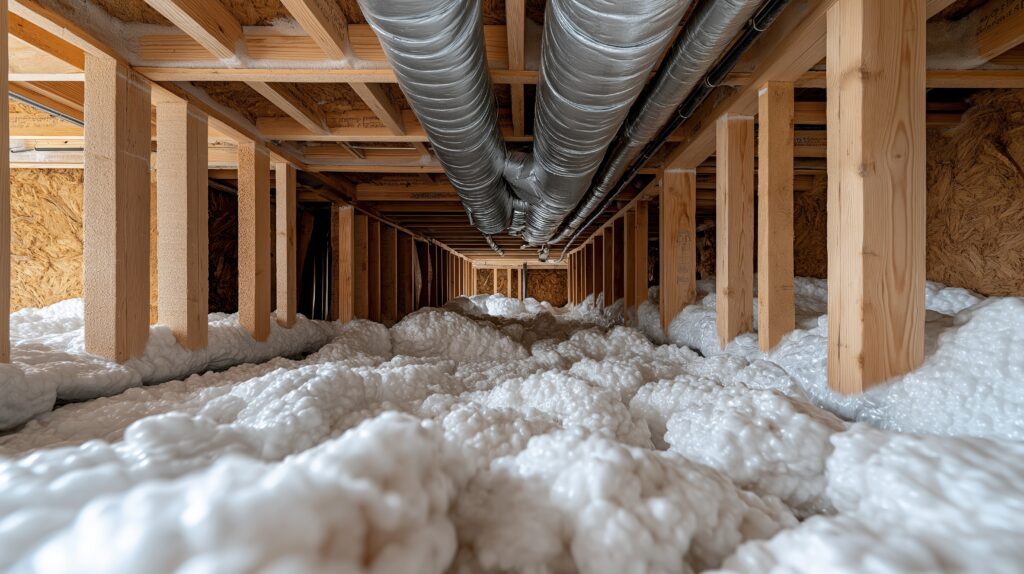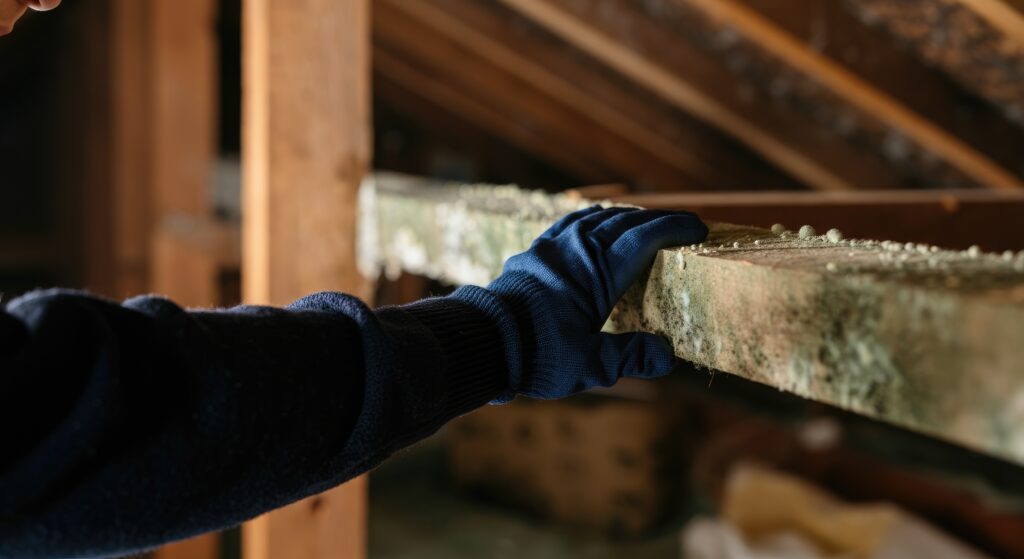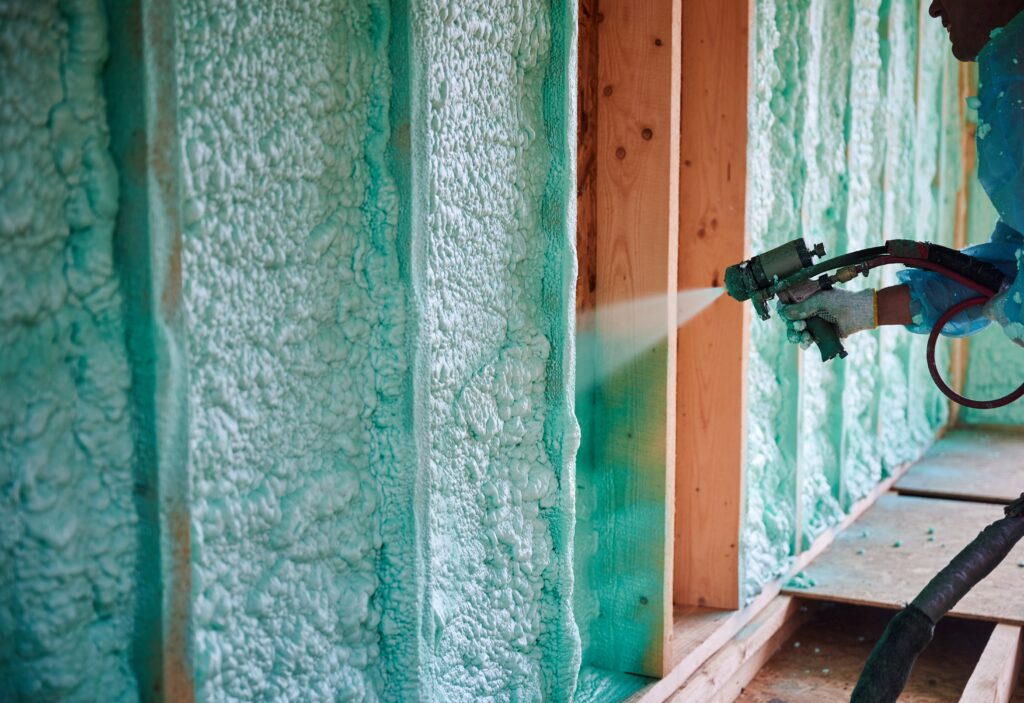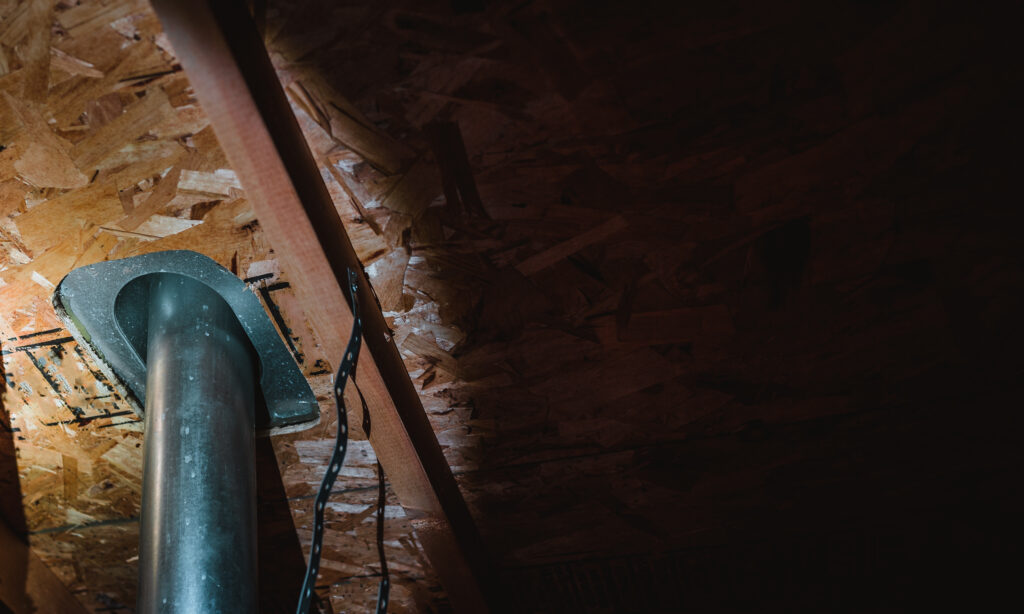The Secret to Lower Energy Bills: Radiant Barriers Explained
Saving money on energy bills is something everyone wants. Whether it’s summer or winter, the cost of heating and cooling your home can really add up. But did you know there’s a simple way to cut down on these costs? The answer lies right above your head — in your attic. The key is using radiant barriers. In this blog, you’ll learn what radiant barriers are, how they work, and why adding a radiant barrier in attic spaces can make a huge difference in your comfort and your wallet. We’ll keep everything easy to understand, and by the end, you’ll feel confident about how this one change can make your home more energy efficient. Understanding Radiant Barriers Radiant barriers are special materials installed in attics that reflect heat instead of absorbing it. Most of the time, they are made from aluminum foil and are installed under the roof. How Radiant Barriers Work Your attic is where most of the heat in your home enters during hot days. When the sun shines on your roof, it gets hot, and that heat travels into your attic. Without any protection, the heat moves down into your living space, making your air conditioner work harder. A radiant barrier in the attic stops this heat by reflecting it away before it can enter your home. Instead of absorbing the heat like regular insulation, radiant barriers reflect it, keeping your home cooler. Benefits of Using Radiant Barriers There are many reasons to install a radiant barrier in attic areas, especially if you’re looking to reduce energy costs and improve comfort. Lower Energy Bills By reflecting heat out of your attic, radiant barriers help your air conditioner run less often. This can lower your energy bill, especially during hot seasons. Improved Comfort Homes with attic radiant barrier systems stay cooler in the summer. You’ll feel more comfortable without cranking up the AC. Longer Life for HVAC Systems When your heating or cooling system doesn’t have to work so hard, it lasts longer. This can save you from expensive repairs or early replacement. Works with Other Insulation Radiant barriers don’t replace your current insulation. They work with it. If you already have fiberglass or foam insulation, adding a radiant barrier just gives you more protection from heat. Where and How Radiant Barriers Are Installed Most of the time, you install radiant barriers in the attic. That’s the best place to stop the heat before it reaches the rest of your home. Types of Installation There are a few ways to install an attic radiant barrier: Roof Decking: The barrier is attached under the roof. Rafter Installation: The barrier is stapled between the wooden beams (rafters). Attic Floor: Sometimes placed over existing insulation, though this is less common. Let’s take a quick look at where radiant barriers are most effective. Location of Radiant Barrier Best Use Efficiency Benefit Under Roof Decking New homes or roof replacements Very High Between Rafters Existing homes High On Attic Floor Cooler climates Moderate The best method for you depends on your home, your climate, and your energy goals. Radiant Barriers Work Best in Hot Climates If you live in a hot area where the sun beats down almost every day, installing a radiant barrier in the attic can make a big difference. States like Texas, Florida, Arizona, and California are perfect places to use radiant barriers. Even in milder areas, though, these barriers still help. They keep your home from heating up too fast during sunny days and support your insulation all year round. How Radiant Barriers Compare to Traditional Insulation You may wonder how radiant barriers stack up against traditional insulation like fiberglass batts or foam. Here’s a simple breakdown: Reflects vs Absorbs Traditional insulation absorbs heat and slows it down. That’s great, but it doesn’t stop the heat from getting inside your attic in the first place. Radiant barriers actually reflect the heat away before it enters. Works in Summer More Than Winter Insulation is great for winter, keeping the heat inside. But in summer, insulation alone might not be enough. That’s where a radiant barrier in attic areas adds power. It targets summer heat gain directly. Cost of Radiant Barriers Installing radiant barriers is more affordable than you might think, especially considering how much you can save over time. On average, it costs between $0.10 to $0.80 per square foot, depending on the type of barrier and installation method. While there’s an upfront cost, most homeowners see a return on investment within a few years through lower energy bills. Signs You Need a Radiant Barrier Here’s how to tell if your home could benefit from a radiant barrier: High Cooling Costs If your summer energy bills are sky-high, your attic may be letting in too much heat. Uneven Room Temperatures Some rooms may be much warmer than others. This often means heat is sneaking in from above. Overworked Air Conditioner If your AC seems to run all the time, it may be fighting against heat that’s coming through the roof. If you notice any of these signs, an attic radiant barrier could be the right solution. DIY or Professional Installation? You might be tempted to install the radiant barrier yourself. That’s possible if you’re comfortable working in the attic, have the right tools, and understand safety procedures. But hiring a professional ensures the job is done right. A trained team can install your attic radiant barrier properly without missing any areas. They’ll also choose the best placement based on your attic’s layout. Maintenance and Durability Once installed, radiant barriers need very little care. They don’t wear out quickly and can last as long as your roof. Just make sure not to cover them with dust or insulation, as that can reduce their effectiveness. Regular attic inspections can help you keep the barrier clean and working well. That’s it! No special maintenance or tools are needed. What Customers Are Saying Many homeowners who’ve installed a radiant barrier in

